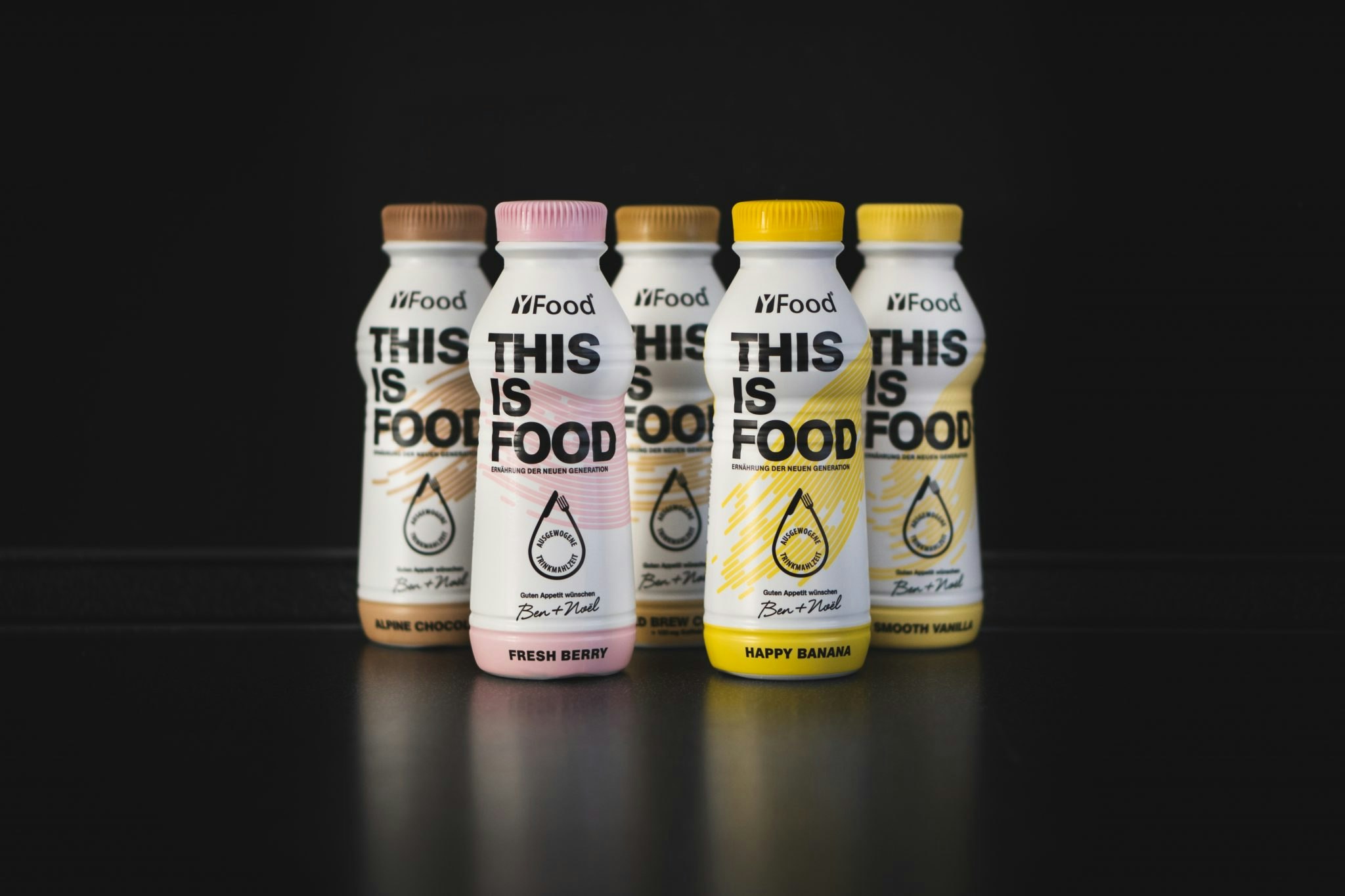The last year has turned ecommerce and retail on its head. High streets have seen behemoths like Topshop close their doors, while fintech giants like Klarna have soared to new heights.
Today’s consumer is all about ethics, social media shopping and subscription-style services — but what should fintechs be taking away?
Sifted spoke with Tracy Meng, VP of global strategic partnerships at Checkout.com; Tom Lambert, partner at LocalGlobe VC; and Zak Lambert, who works on product at fintech Plaid, to unpack the trends.
1. Consumers want to shop and pay, all in one app
Embedded finance — or when banking services like payments are integrated into a non-finance platform — is on the up, a trend Zak Lambert attributes to shoppers navigating Covid-19.
“Covid-19 pushed even more people to embrace digital payment methods and more transactions moved online,” Zak Lambert tells Sifted. “More companies are paying attention to changing habits and see the opportunity to deepen relationships with their customers with embedded payments.”
According to The New State of Retail report from Checkout.com, 51% of ecommerce merchants surveyed believe digital payments will be the key driver of their business –– with 25% of businesses planning to add embedded finance to their services in the next 12 months.
“Embedded payments means all companies are on a long journey to becoming payments companies,” Zak Lambert says. “The point of sale has shifted from a physical till at a store to digital checkout experiences, like those offered by Uber, Deliveroo and Starbucks.”
Embedded payments means all companies are on a long journey to becoming payments companies.
Meng adds another reason why embedded payments are so popular is because Banking-as-a-Service providers are fast improving, so startups don’t need to develop this tech in-house.
“Especially as fintech-as-a-service grows, this allows merchants and companies to embed these financial products in. What that then allows them to do is capture even more value from consumers and give that value back to consumers in the form of credit,” Meng explains.
2. Let’s get ethical
“Customers are definitely being more vocal about supporting brands — and in some cases not supporting brands that don't hold true to their values,” Meng told Sifted.
Meng says 54% of consumers prefer to buy from brands who show they have a social conscience and are working to be sustainable and achieve carbon neutrality.
“When we surveyed merchants, what was interesting was that only 37% of merchants believed the ecommerce industry will significantly improve sustainability and carbon neutrality credentials in the next five years.”
A recent study from retailer Clothes2Order found 44% of UK consumers boycott brands with no ethical or eco-friendly policies. Consumer protests, like #BoycottAmazon last March, are also becoming de rigueur.
Retailers that can prove their green creds to consumers have huge opportunities ahead.
“At the very least, merchants should start being conscientious — and if they do lose a lifetime customer or they lose sales as a result of not investing in these practices, then it's at least worth the return on investment analysis,” Meng says.
Tom Lambert agrees, and says ethical fintechs have a better shot at getting to the coveted ‘top of wallet’ position.
“If you have something tangible — ‘If I use this card then I know that part of this spending is going to some carbon offsetting’ — it's a great hook. For someone who's ethically conscious, offsetting or something similar can be great for driving usage and adoption,” Tom Lambert says.
3. Consumers love shopping on social media
During the last year, screen time increased rapidly, especially on social media. This presented a golden opportunity for platforms like Instagram to become consumers’ favourite place to shop.
Meng says startups can use this increased social presence to find their market, personalise their services and sell to target consumers directly. She says 74% of consumers want to receive more personalised and customised products.
“I think, on social media, you can be much more prescriptive on what you'd like to see on your platform simply through the way the algorithm is designed,” she says. “The more merchants think about the shopping experience as extremely personalised to the individual, the more efficient their advertising spend is.”
The more merchants think about the shopping experience as extremely personalised to the individual, the more efficient their advertising spend is.
Tom Lambert says fintechs should also hop on the personalisation train, and that he’s seen an increase in fintechs targeting specific social groups that might be underserved by traditional banking services. For example, US fintech MAJORITY is built for migrant communities and allows users to transfer and call internationally without fees.
4. Consumers want frictionless global payments options, and they want them now
It’s been historically more difficult to buy from international retailers, with huge delivery and international transfer fees creating barriers for consumers shopping abroad online.
But Meng says consumers want easy access to the best products, whether they’re produced locally or globally, creating an opportunity for retailers. 50% of merchants in Checkout.com’s report said they responded to the increased global demand by offering alternative and local payments options.
But where there’s an opportunity, there’s also a challenge; during the pandemic, 43% of ecommerce merchants saw an increase in demand from new markets but weren’t equipped to offer the correct payment methods –– meaning those retailers missed out on a lot of potential revenue.
“I think the world economy is just becoming smaller and smaller and we're seeing a lot of people shop globally while staying locally,” Meng says. “This also gives them back the time to do other things, so they don't have to go out of their way to get these products from all over the world, and can experience the rest of the world without leaving the comfort of their own home.”
I think the world economy is just becoming smaller and smaller and we're seeing a lot of people shop globally, while staying locally.
“We definitely see a rise in cross-border shopping and this goes back to the earlier point,” says Meng, “We have more choice now — especially with the global economy. For example, I'm Chinese-American, I live in the US but a lot of my food preferences or other things that I love come from Asia. Even if you talk to people who aren't immigrants, people just want more access to a global product offering.”


